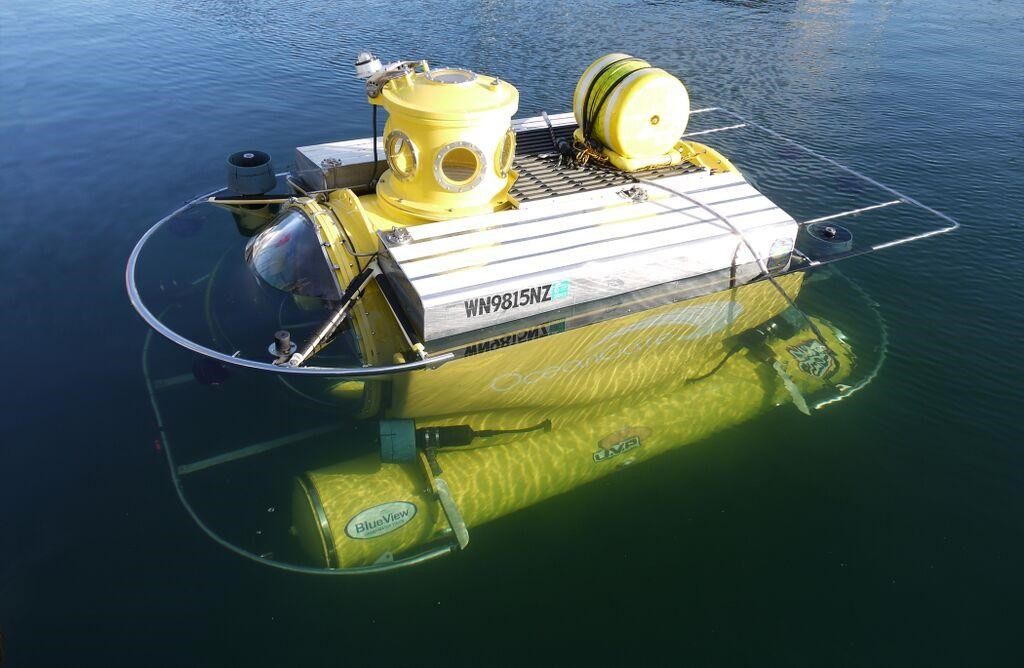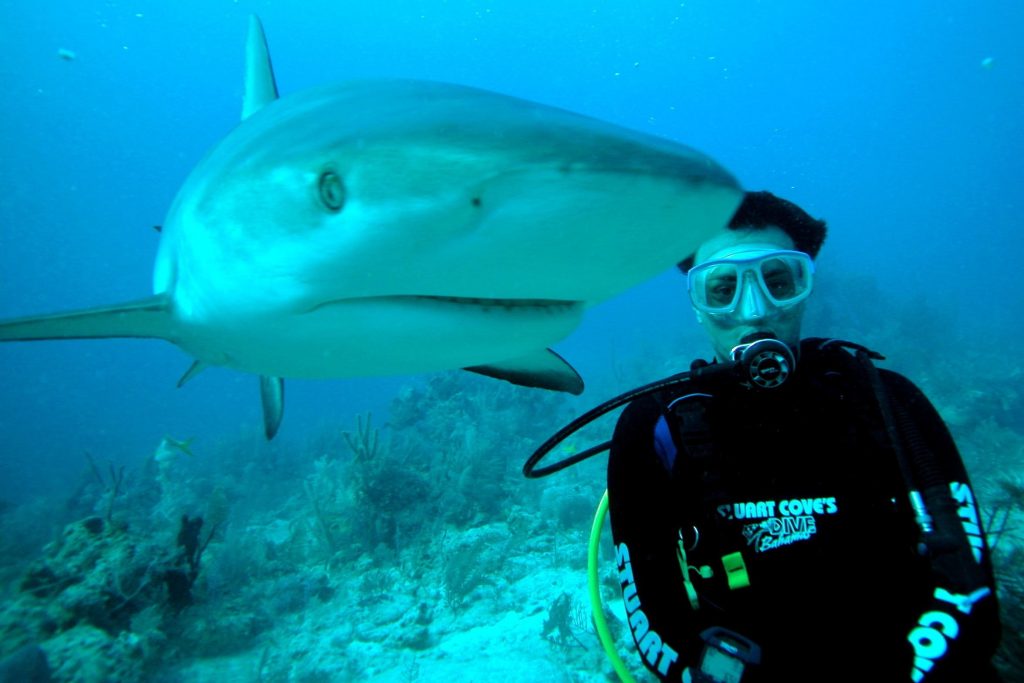InTrans / Feb 17, 2017
Final frontiers: Under the sea
 posted on February 17, 2017
posted on February 17, 2017
This month we’re talking about final frontiers! Exploring a final frontier means discovering the land of the unknown.
The namesake of the “final frontier” (i.e., outer space), was a good place to start the conversation, but we actually know less about a territory that’s a little closer to home; I’m talking about under the sea, of course!
Humans have explored less than five percent of the ocean so far, according to the National Ocean Service. Even though we’ve explored the moon and mapped large parts of our solar systems and beyond, 95 percent of our own oceans remain a mystery—unseen by human eyes!
Deep sea exploration
So, what makes deep sea observation a relatively unattainable task? Shouldn’t it be easier to build a submarine than a spacecraft?
As it turns out, it’s extremely challenging to explore the deep sea. First, it requires sophisticated equipment, large budgets, brave and experienced personnel, and even permissions from a number of national and international governments.
Financial and regulatory obligations aside, deep sea divers also face a number of obstacles once they get in the water, too. The deep sea poses a number of threats to divers, including the adverse physiological effects of high water pressure, dangerous sea creatures, and the risk of failed equipment.
The ocean’s extreme climate poses additional challenges to divers and submersibles (a boat or other craft specially designed for research and exploration). Temperatures at the ocean floor vary from freezing to well over 700 degrees Fahrenheit (°F). Visibility is usually poor, often leaving explorers in pitch black darkness.

These conditions subject divers and deep submersibles to extreme stress. Even the smallest crack in the hull of a submersible can cause it to “crack like a paper cup” at great depths in the ocean.
Oceans: The next frontier?
What do you think? Would oceans be considered the “final frontier” here on Earth?
Scientists and explorers believe some of greatest mysteries on Earth lie in the depths of the ocean. For example, the oceans hosts “grand underwater waterfalls,” which often stretch several thousand feet high.
There are also lakes on the ocean floor with depths of over 300 ft. It’s believed that these lakes are home to species that can’t be found anywhere else on Earth. The sea floor also hosts a number of mountain ranges and valleys. These valleys are said to be even deeper than those in the Grand Canyon!
There’s an incredible variety of sea creatures yet to be discovered and classified, but we now know that further ocean exploration calls for proper equipment and planning. In fact, some experts consider deep sea exploration more difficult than exploring outer space!
Get wet!
Why should we care about the ocean at all?
Occupying 70 percent of the Earth’s total surface area, the ocean drives the weather, regulates temperature, and ultimately supports all living organisms; exploring the oceans means gaining a better understanding of the lifeblood of our planet!

When it comes down to it, observing, understanding, and mapping the ocean floor at greater detail will call for proper transportation that can withstand the depths and hazards of the ocean floor. The world needs engineers like you to build the right watercraft for the job!
References
http://oceanservice.noaa.gov/facts/exploration.html
http://www.worldatlas.com/articles/how-much-of-the-ocean-is-still-unexplored.html
Related links
(Video) How do submarines dive and surface?: https://www.youtube.com/watch?v=BTis6GioP2g
By Hannah Postlethwait, Go! Staff Writer